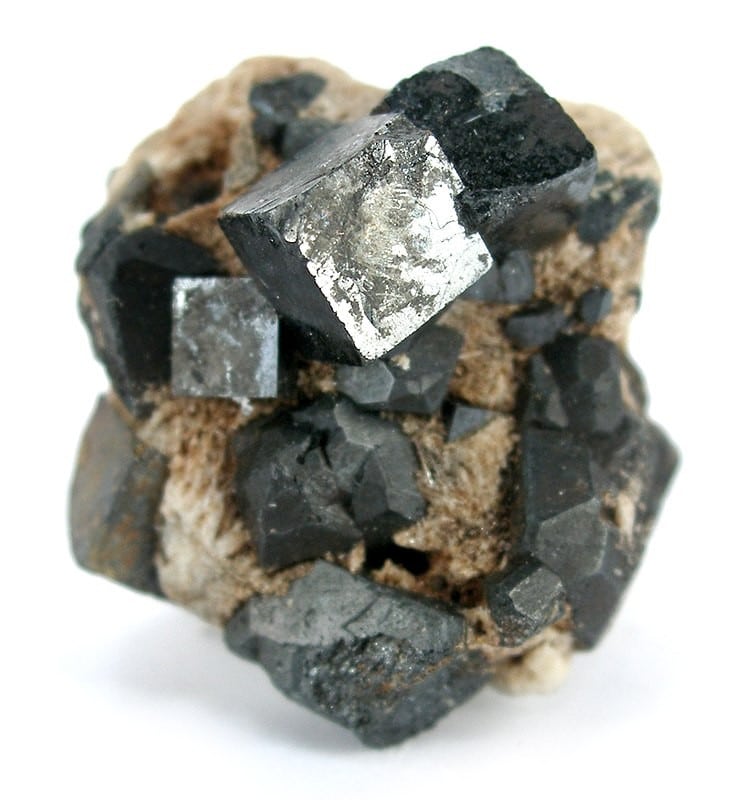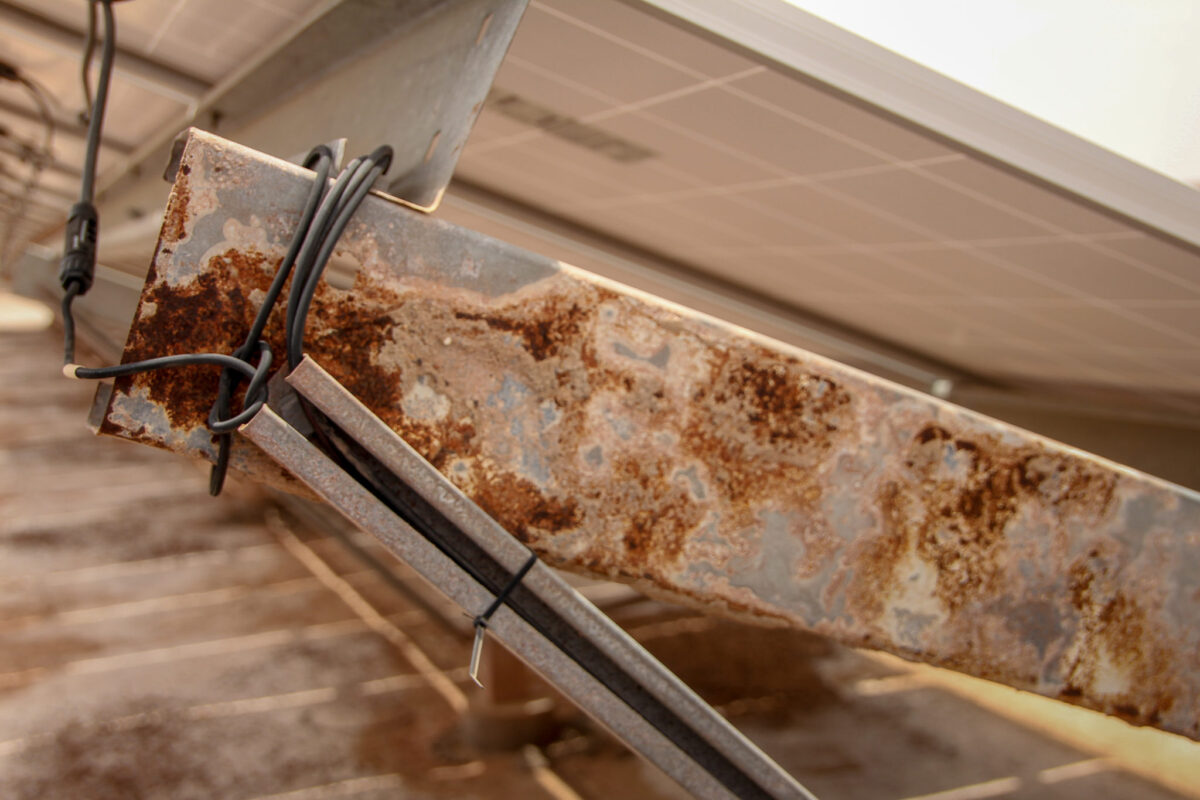US and South Korean researchers have developed photoanodes based on organometal halide perovskites (OHPs), with unprecedented catalytic activity and light-to-current conversion efficiency. The team, led by the Korea Research Institute of Chemical Technology (KRICT) and Gwangju Institute of Science and Technology, addressed challenges posed by the non-radiative recombination of photogenerated carriers and sluggish reaction kinetics of photoelectrochemical (PEC) water splitting by creating a novel Fe-doped Ni3S2/Ni foil/OHP photoanode. The group said that this involved synthesizing a Fe-doped Ni3S2 catalyst for OER on Ni foil, fabricating OHP photovoltaic cells with SnO2 electron transport layers (ETLs), and combining them to produce the photoanode. The researchers achieved an applied bias photon-to-current efficiency of 12.79% for the fabricated photoanodes and improved stability by adding glycidyltrimethylammonium chloride (GTMACl) to the anode.
China’s National Standards Committee, along with the National Energy Administration and five other departments, has issued the “Hydrogen Energy Industry Standard System Construction Guidelines” to establish a national-level standard system across the entire hydrogen industrial chain. The guidelines cover issues related to safety, hydrogen preparation, storage and transmission, refueling, and applications.
The German government has allocated €211.8 billion ($232.9 billion) to promote the energy transition and climate protection from 2024 to 2027. Approximately €63.5 billion will be used to alleviate the burden on citizens and companies, around €60.7 billion will support building subsidies, and about €18.6 billion will foster hydrogen industry development. Around €13.8 billion will advance electromobility, and €12.5 billion will enhance rail infrastructure, said the German government.
LNVG, the world's first company to employ hydrogen trains, says that it will replace all diesel trains between the Ems and Elbe rivers in Germany with battery-powered trains. Lower Saxony Transport Minister Olaf Lies said that by 2029, 102 new multiple-unit trains with battery technology will be introduced, gradually phasing out diesel fleets. Battery-operated trains are advantageous due to reduced infrastructure requirements, eliminating the need for overhead contact wires along the entire route.
This content is protected by copyright and may not be reused. If you want to cooperate with us and would like to reuse some of our content, please contact: editors@pv-magazine.com.



1 comment
By submitting this form you agree to pv magazine using your data for the purposes of publishing your comment.
Your personal data will only be disclosed or otherwise transmitted to third parties for the purposes of spam filtering or if this is necessary for technical maintenance of the website. Any other transfer to third parties will not take place unless this is justified on the basis of applicable data protection regulations or if pv magazine is legally obliged to do so.
You may revoke this consent at any time with effect for the future, in which case your personal data will be deleted immediately. Otherwise, your data will be deleted if pv magazine has processed your request or the purpose of data storage is fulfilled.
Further information on data privacy can be found in our Data Protection Policy.